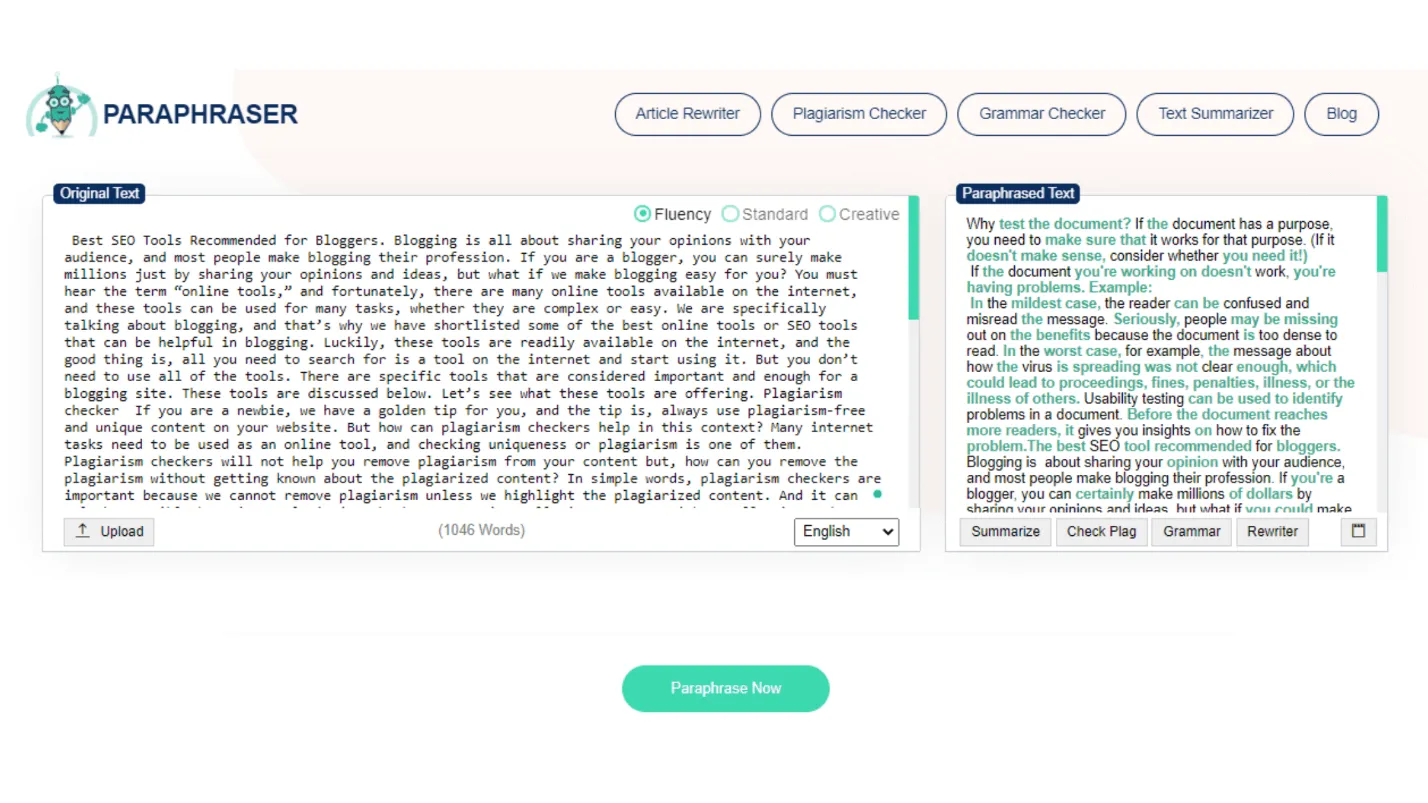What is a Cover Letter
A cover letter is a crucial document that accompanies your resume when applying for a job. It serves as an introduction, providing an opportunity to showcase your personality, skills, and enthusiasm for the position. Unlike a resume, which provides a factual overview of your experience, a cover letter allows you to explain why you are the perfect fit for the specific role and company. It should be tailored to each job application, highlighting the most relevant aspects of your background and expressing your genuine interest in the opportunity. A well-crafted cover letter can significantly increase your chances of getting an interview and ultimately landing your dream job.
Why Cover Letters are Still Important
In an era where online applications and automated screening systems are prevalent, many might question the relevance of cover letters. However, cover letters remain incredibly important for several reasons. They provide context to your resume, allowing you to elaborate on your accomplishments and explain any gaps in your employment history. Cover letters demonstrate your communication skills, attention to detail, and your understanding of the job requirements. They also allow you to express your personality and enthusiasm, which can be challenging to convey in a resume. Furthermore, a cover letter is a chance to show that you’ve researched the company and understand its values, making you stand out from other applicants. Many recruiters and hiring managers still heavily rely on cover letters to evaluate candidates.
How to Format Your Cover Letter
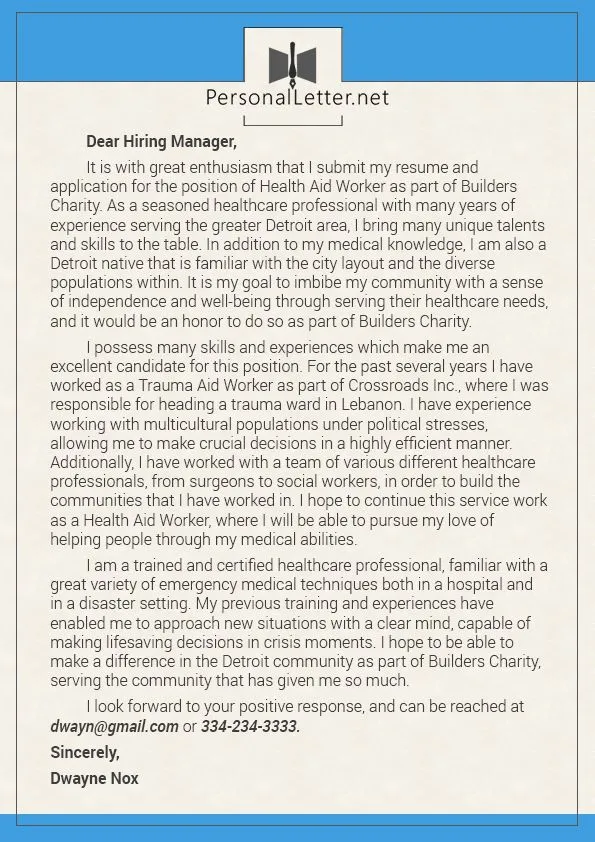
The format of your cover letter is as important as its content. A well-formatted cover letter is easy to read and visually appealing, reflecting your professionalism. The general layout should be clean and organized, using standard fonts like Times New Roman, Arial, or Calibri in a size between 10 and 12 points. Maintain consistent margins (typically 1 inch) on all sides. The letter should be single-spaced with a blank line between paragraphs. Avoid overly decorative fonts or excessive use of bolding and italics. Keep the letter concise, ideally within one page. Use clear headings and subheadings to structure the letter logically, making it easy for the reader to find the information they need. A well-formatted cover letter demonstrates your attention to detail and respect for the reader’s time, leaving a positive first impression.
Contact Information
At the very top of your cover letter, include your contact information. This usually appears on the left side of the page. Include your full name, phone number, email address, and optionally, your LinkedIn profile URL or your personal website. This ensures that the hiring manager can easily reach you. Make sure the information is accurate and up to date, as any errors could result in missed opportunities.
Date
Below your contact information, include the date you are writing the cover letter. This is a simple but necessary detail that provides context and helps the reader understand when the letter was written. Ensure the date format is consistent with the locale (e.g., month/day/year or day/month/year).
Recipient’s Information
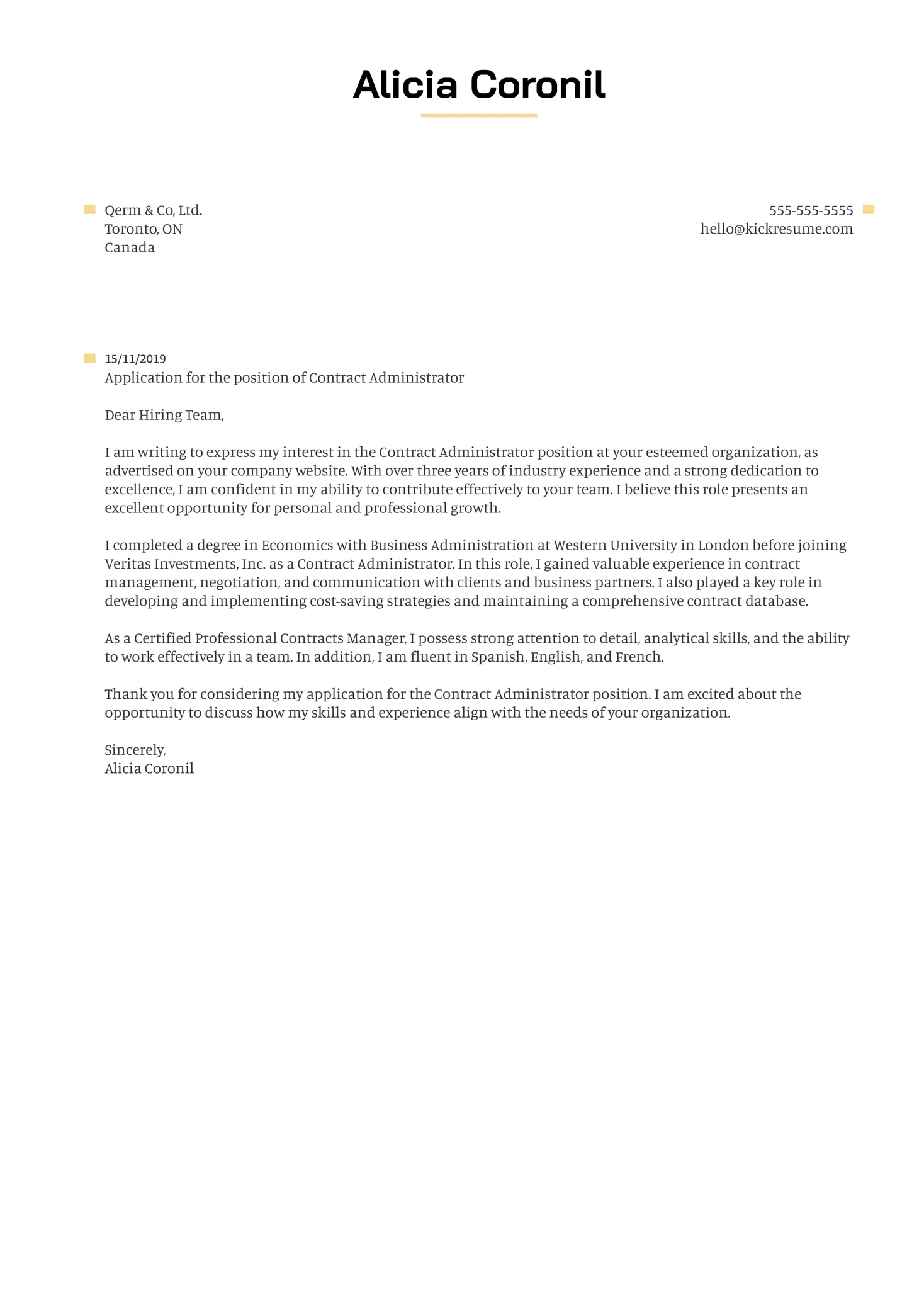
Directly below the date, include the recipient’s information. If possible, address the letter to a specific person, ideally the hiring manager or the person listed in the job posting. Find the name and title from the company’s website, the job posting, or LinkedIn. If you are unable to find a specific name, use a professional title like “Hiring Manager” or “Recruiting Team.” Include the person’s title, the company name, and the company’s address. This personalized approach shows that you have taken the time to research the company and demonstrates your attention to detail.
Salutation
Start your cover letter with a professional salutation. The most common and preferred salutation is “Dear [Hiring Manager name]” or “Dear Mr./Ms./Mx. [Last Name]” if you have the name. If you cannot find a specific name, use “Dear Hiring Manager” or “Dear [Company Name] Team.” Avoid outdated or overly casual salutations like “To Whom It May Concern.” The salutation sets the tone for your letter and reflects your professionalism and respect for the reader.
Cover Letter Body Sections
The body of your cover letter is where you truly showcase your skills, experience, and enthusiasm. It is usually structured into a few key paragraphs, each serving a specific purpose. These paragraphs should work together to tell a compelling story about why you are the ideal candidate for the job. Be concise, focused, and specific. Each paragraph should be no more than 4-5 sentences, making sure to keep the reader engaged.
First Paragraph [Grab Attention]
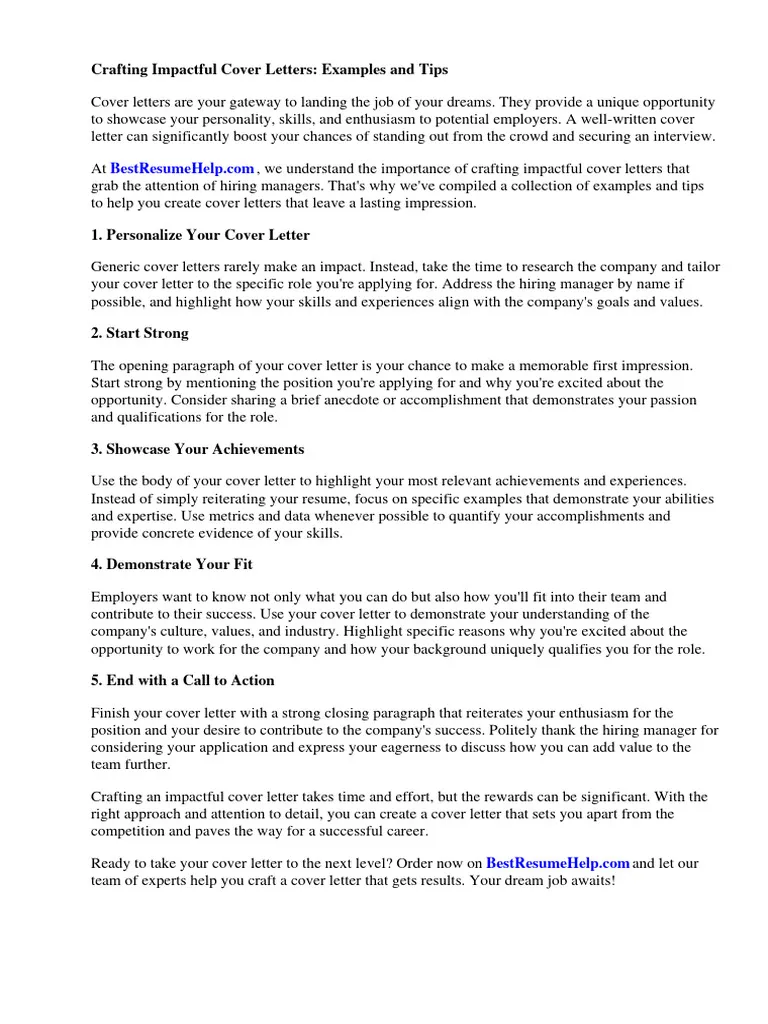
The first paragraph of your cover letter is your opportunity to make a strong first impression. Begin by stating the position you are applying for and where you saw the job posting. Briefly mention something that caught your attention about the company or the role, showing that you have done your research. You can also include a compelling statement about your key skills or a brief summary of your experience to immediately grab the reader’s attention. This first paragraph should be engaging and make the reader want to learn more about you.
Second Paragraph [Showcase Skills]
In the second paragraph, highlight your relevant skills and qualifications. Review the job description carefully and identify the key requirements. Then, provide specific examples from your past experiences to demonstrate how your skills match the job’s needs. Use action verbs to describe your accomplishments and quantify your results whenever possible. This section should clearly show the hiring manager that you possess the skills necessary to succeed in the role. Be concise and focus on the most relevant qualifications that are listed on the job description.
Third Paragraph [Highlight Experience]
The third paragraph should provide details about your work experience. Expand on the examples you provided in the second paragraph, adding more detail about your roles and responsibilities. Focus on your achievements, using the STAR method (Situation, Task, Action, Result) to structure your narrative. Quantify your achievements whenever possible, using numbers or percentages to demonstrate the impact you made in your previous roles. This section should provide concrete evidence of your abilities and experience, showcasing your value to the potential employer. Align the most relevant experience for the role. Highlight your accomplishments in previous jobs to show you are the right fit for the position.
Fourth Paragraph [Express Enthusiasm]
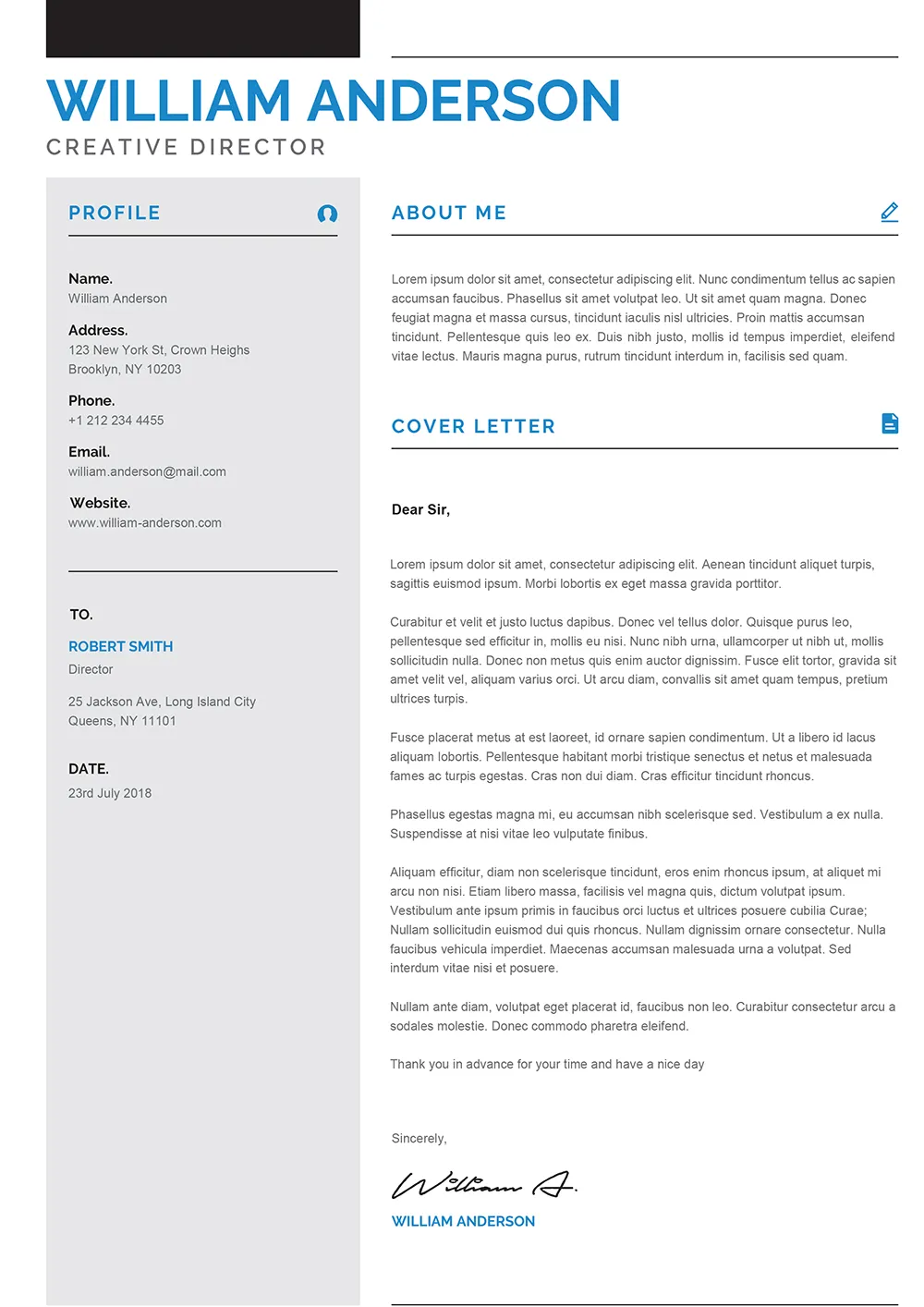
The fourth paragraph is your chance to express your genuine enthusiasm for the opportunity and the company. Explain why you are interested in this specific role and what attracts you to the company. Show that you have researched the company’s mission, values, and recent initiatives. Briefly reiterate your key qualifications and skills. This paragraph should reinforce your interest in the role and demonstrate that you are not just looking for any job, but this job in particular. This shows the company your interest in the opportunity.
Cover Letter Conclusion
The conclusion of your cover letter should be concise and professional. Summarize your interest in the position and reiterate your enthusiasm. Express your gratitude for the reader’s time and consideration. Clearly state your availability for an interview and provide your contact information once again. A strong conclusion leaves a lasting positive impression and encourages the hiring manager to contact you. Restate that you are a great fit for the position and thank the hiring manager for their time and consideration.
Closing and Signature
Close your cover letter with a professional closing such as “Sincerely,” “Best regards,” or “Thank you.” Leave a few blank lines for your signature, and then type your full name below. If you are submitting a digital cover letter, you can insert a scanned image of your signature. The closing and signature add a final touch of professionalism, making the letter complete. Choose a closing statement that is appropriate for the level of formality of the job.
Proofreading Your Cover Letter
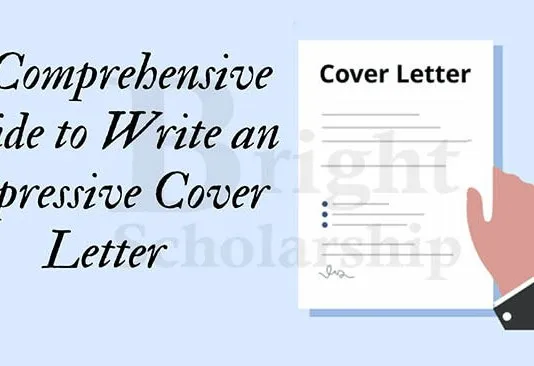
Proofreading your cover letter is absolutely critical. Errors in grammar, spelling, and punctuation can significantly damage your credibility and chances of getting an interview. Before submitting your letter, carefully review it multiple times. Use a spell checker and grammar checker, but don’t rely on them entirely. Read your cover letter aloud to catch any awkward phrasing or mistakes that you might have missed. It is also helpful to have someone else proofread your cover letter, as a fresh pair of eyes can often spot errors you may have overlooked. Attention to detail shows professionalism. Always have someone else review your cover letter, as a fresh set of eyes can catch errors you might have missed.
Cover Letter Examples for Inspiration
Reviewing cover letter examples can provide inspiration and guidance. Look for examples that match your field, experience level, and the type of job you are applying for. Pay attention to the structure, language, and tone used in the examples. Adapt the examples to reflect your own skills, experiences, and the specific requirements of the job. The examples are designed to provide insights on how to format the letter and organize the content. However, do not plagiarize. Each letter must be unique to the individual.
Cover Letter Example for Entry-Level Position
If you are applying for an entry-level position, your cover letter should highlight your educational background, relevant coursework, internships, and any volunteer or extracurricular activities. Focus on transferable skills, such as communication, teamwork, and problem-solving. Demonstrate your enthusiasm for the field and your willingness to learn and contribute. Entry-level cover letters should demonstrate you have the ability to quickly pick up new skills. Showcase all skills including technical and soft skills.
Cover Letter Example for Experienced Professionals
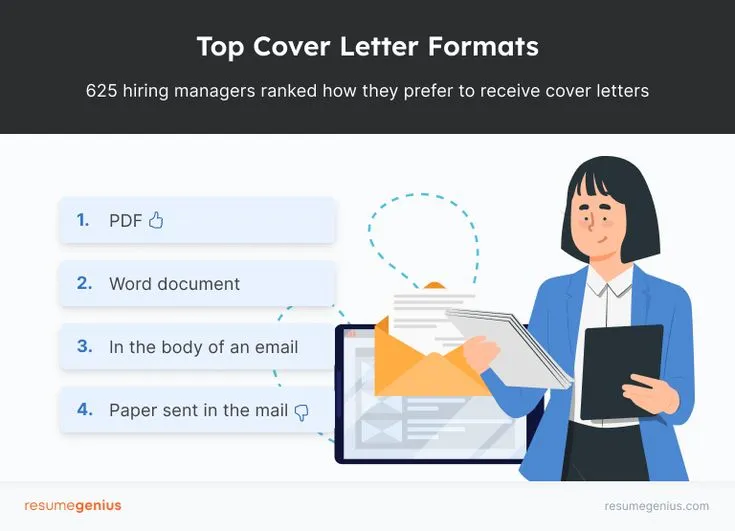
For experienced professionals, the cover letter should focus on your accomplishments, demonstrating your value and expertise. Quantify your achievements whenever possible, using numbers and metrics to show the impact you have made in your previous roles. Tailor your letter to the specific requirements of the job and highlight the skills and experiences that are most relevant. Show a track record of success, providing a portfolio or samples of previous work. Use the cover letter to explain your qualifications for the role, along with a list of previous work experience.
Tips for Customizing Your Cover Letter
Customizing your cover letter for each job application is essential. Generic cover letters are easily recognizable and often overlooked. Tailoring your letter demonstrates that you are genuinely interested in the specific role and company. The key to customization is to carefully review the job description and identify the key requirements and preferred qualifications. Show the hiring manager you are interested in the role, along with what skills you possess. Then, highlight your skills and experiences that are most relevant to those requirements. Research the company, their mission, values, and recent initiatives. Show that you understand the company and explain how your skills and experiences align with the company’s goals. Take the time to customize each letter. Use the keywords of the job description in your cover letter.
Tailoring to the Job Description
The job description is your guide to creating a compelling cover letter. Carefully read the job description, paying close attention to the required skills, qualifications, and responsibilities. Use the job description as a checklist to ensure you address all the key requirements. Tailor your language to match the tone and style of the job description. Highlight your most relevant skills and experiences, providing specific examples of how you have demonstrated those skills in the past. Show the hiring manager how your skills and experiences perfectly match the job description. The more your skills reflect the job description, the better chance you have of getting the job.
Using Keywords Effectively
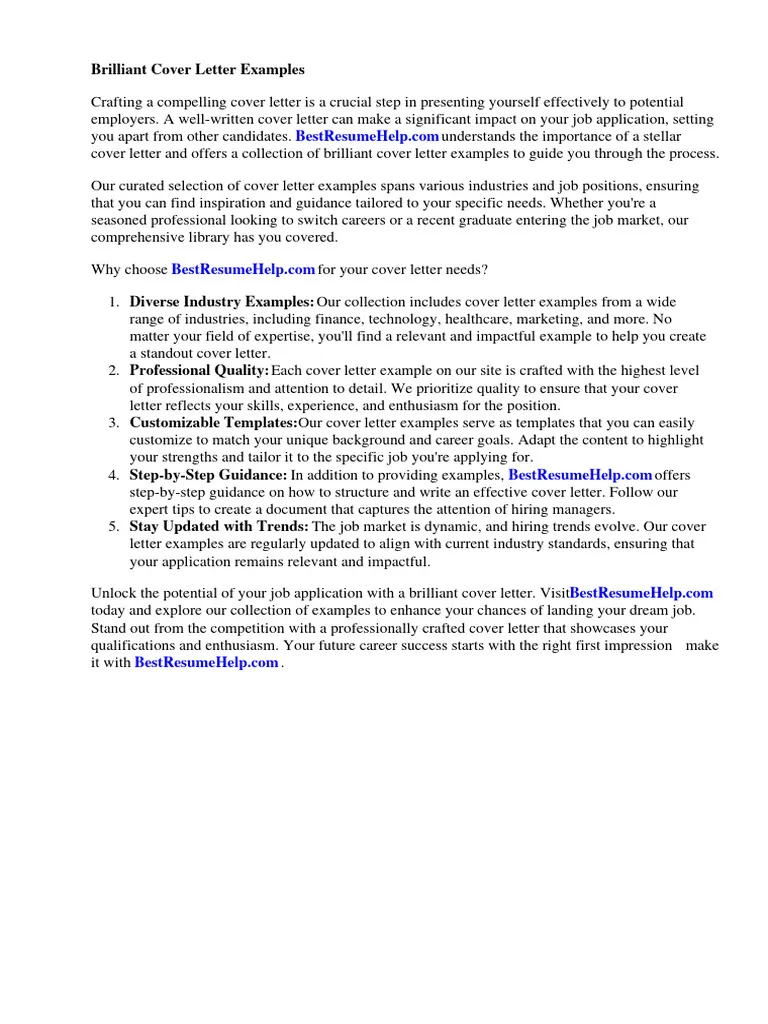
Use keywords from the job description in your cover letter. Applicant Tracking Systems (ATS) often scan cover letters and resumes for keywords, and if your documents don’t contain the right terms, they may be rejected before a human ever sees them. Identify the most important keywords in the job description and strategically incorporate them throughout your cover letter. Use keywords naturally and don’t stuff your letter with terms. Ensure the keywords are relevant to your skills and experiences. The goal is to show that you have the skills they need. Use a balance of keywords to ensure you are not rejected by the ATS.
Action Verbs to Use in Your Cover Letter
Using strong action verbs in your cover letter makes it more engaging and shows that you are a results-oriented individual. Start your sentences with action verbs to describe your accomplishments and responsibilities. Here are some examples: Managed, Led, Created, Developed, Implemented, Increased, Reduced, Improved, Achieved, Designed, and Collaborated. Vary your action verbs to keep your writing interesting and avoid repetition. Make sure to use verbs that accurately reflect your achievements. Action verbs make your cover letter sound more professional and show the hiring manager that you have the required skills.
Common Mistakes to Avoid
Avoid common mistakes that can undermine your cover letter and decrease your chances of getting an interview. These mistakes can be easily avoided with careful planning, proofreading, and attention to detail. Review your cover letter before submitting to eliminate any mistakes and errors. The cover letter should be carefully written, using the tips to prevent these mistakes.
Ignoring the Job Description
One of the biggest mistakes is ignoring the job description. Failing to tailor your cover letter to the specific requirements of the job shows that you lack attention to detail and haven’t taken the time to understand the role. Always review the job description carefully and highlight the most relevant skills and experiences. Tailoring your letter demonstrates your understanding of the job and your genuine interest in the opportunity. Use the job description to match the keywords to get the job.
Using Generic Templates
Using generic cover letter templates is another common mistake. While templates can provide a starting point, submitting a generic letter shows a lack of effort and fails to demonstrate your individuality. Customize the template to reflect your unique skills, experiences, and the requirements of the job. Avoid using the same template for every application. Tailoring your cover letter helps you stand out from other candidates. Generic templates show a lack of attention to detail, which can be a big issue for the hiring manager.
Typos and Grammatical Errors
Typos and grammatical errors can immediately damage your credibility and make you appear unprofessional. Proofread your cover letter carefully before submitting it. Use a spell checker and grammar checker, but also read your letter aloud to catch any mistakes. Asking someone else to proofread your letter is also a good idea. Typos and grammatical errors show a lack of attention to detail and can lead to your application being rejected. Always use proofreading tools to ensure the document is free of errors.
The Importance of a Strong Cover Letter
A strong cover letter is an essential part of your job application package. It allows you to introduce yourself, showcase your skills and experiences, and express your enthusiasm for the opportunity. A well-written cover letter can significantly increase your chances of getting an interview and ultimately landing your dream job. Take the time to craft a compelling, tailored, and error-free cover letter, and you will be well on your way to career success. Your cover letter is also your first impression, so take the time to craft a great cover letter.
